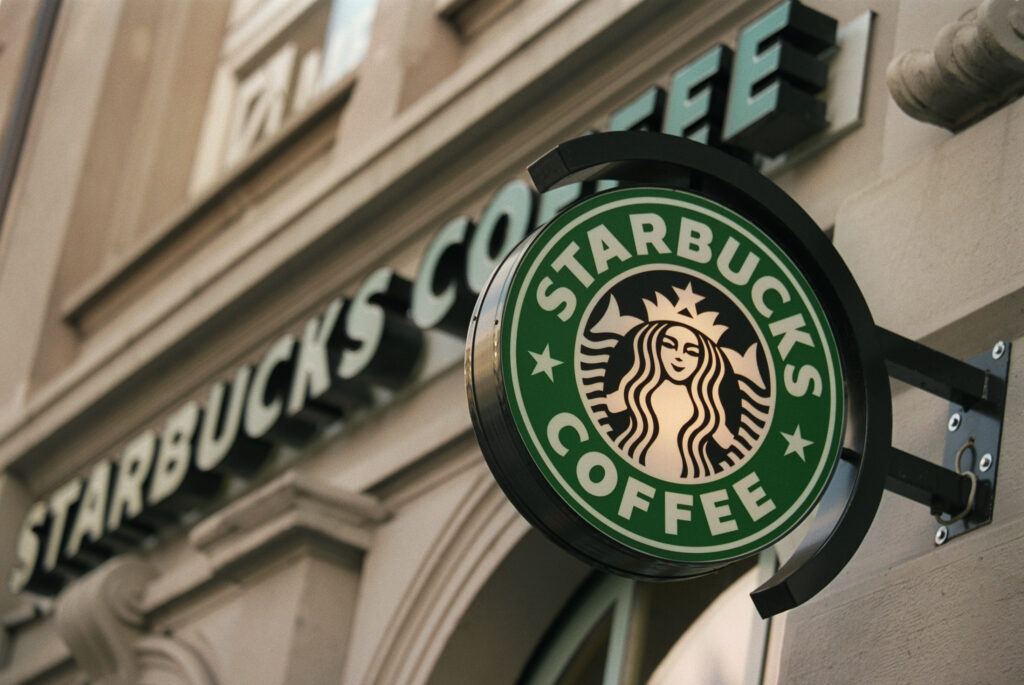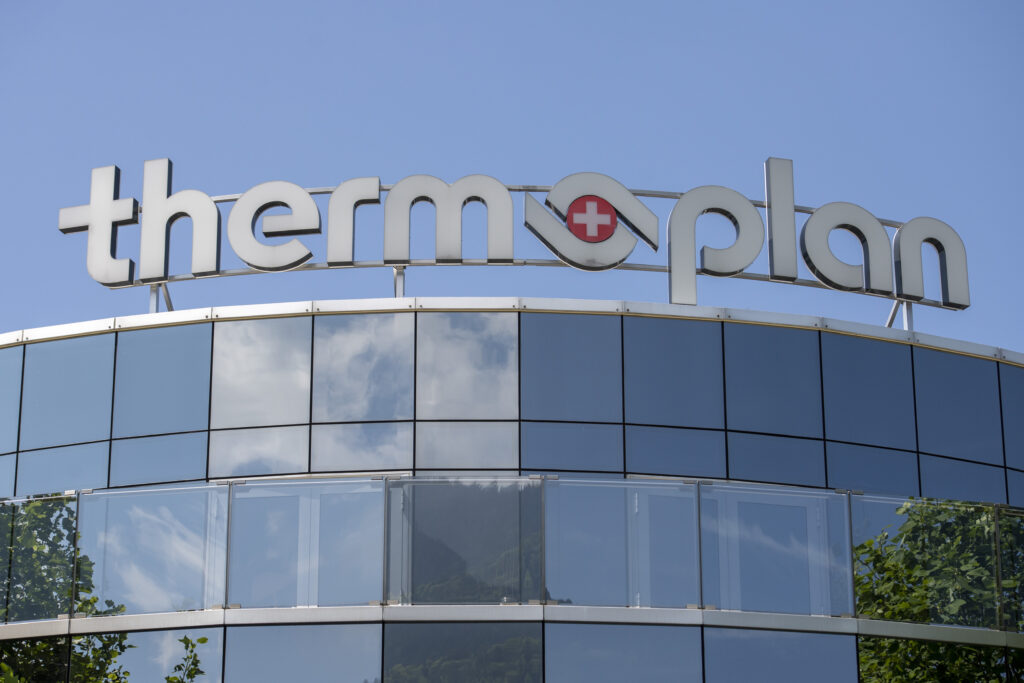Vie, Mar 31st 2023

You could say that the world, at least in the morning, runs on coffee.
A caffeine-laden trend that only seems to be growing, with analysts placing us within a thriving ‘fifth wave’ of coffee production and consumption, and hordes of Gen Z consumers driving coffee trends on TikTok (global sales increased by 33% between 2017 and 2022).
So what does all this have to do with the small, unassuming village of Weggis, located on the shores of Lake Lucerne? It is here, in the sleepy streets of this pastoral paradise, that Thermoplan exists, and you could say that Thermoplan, as well as its coffee machines, have been making the world’s coffees for over twenty years.
From humble beginnings as a small, family-owned business that made whipped-cream machines, Thermoplan has grown to become a bit of a giant in the coffee world: In 1999, it won an exclusive contract to supply Starbucks with its espresso machines, and since then, its fortunes, and that of the world’s coffee, have changed. Almost thirty years later, Thermoplan still supplies coffee machines to all Starbucks’ outlets worldwide (over 30,000 of them), as well as Costa, McDonald’s, and IKEA.

Thermoplan’s success is a very Swiss story: A family-owned business that grew slowly, carefully, and methodically, with an eagle-eye attention to detail, quality, and craft. It is still very much a family operation today, even though it has expanded massively in the fifty years since it began. It now employs over 400 people and supplies customers in over 80 countries throughout the globe.
Unsurprisingly, Thermoplan prides itself on its Swiss-ness. With its headquarters on the shores of an alpine lake, in a village of rolling hills and a cacophony of cow bells, it is Swiss to its very roots – and those roots are Weggis, where the Steiner family first started.
There is also, of course, the Swiss emphasis on the painstaking creative and manufacturing process, with immense precision and conscientiousness applied to everything it produces. Thermoplan’s coffee machines, which can range anywhere between roughly $7,000 and $17,000, are assembled mostly by hand, a painstaking process that can take between six and eight hours.
The machines are entirely composed of modular elements to ensure simple maintenance, and over 80% of said elements are made in Switzerland; the entire manufacturing process is also carried out in Switzerland. And before the machine is given final the seal of approval and shipped off to a Starbucks of its choice, it must make 100 perfect cups of coffee – only then is it deemed ready for market.

It was in 1999 that Thermoplan first caught the attention of coffee giant Starbucks; first, as creators of a fully automatic coffee machine; and then, as the first creators of the first fully automatic coffee machine that could also foam milk.
At this time, Starbucks was engaging in a period of aggressive expansion that would see it open new stores in its home city of Seattle, and then along the wider west coast of the United States. That expansion worked well, as today, they are the world’s largest coffeehouse chain, with outlets in over eighty countries.
Their logo is recognized the world over, and their takeaway coffee cups have been seen clutched in the hands of the world’s most famous celebrities more times than you’ve had hot coffees. Thermoplan is also credited with the rise of the second wave of coffee culture, which revolutionized how coffee was consumed by pioneering specialty coffee drinks (cue all those pumpkin-spice-vanilla-and-what-have-you frappuccinos), and placing more of an emphasis on the origins of the coffee beans, as well as the experience of consuming the coffee itself (think nice lighting, comfortable sofas, and chill music).
So during that time of expansion, hearing the news of a small, trustworthy, and family-run Swiss business producing an automatic coffee machine that required little staff training and that made faster coffees – well, it was music to their ears. Thermoplan’s machine was a true game-changer, as it could replace the traditional espresso machines that Starbucks used and almost completely eliminate the capacity for human error, meaning their baristas could make coffee in a faster and more efficient way, and also leave them more time to connect with customers – something Starbucks really wanted to prioritize.
Thermoplan’s coffee machines were (and still are) also designed for operation by untrained workers, meaning they were simple and straightforward to use. Thermoplan proudly describes their coffee machines as ‘masterpieces from Weggis’, and they are proud to proclaim their Swiss-ness at every opportunity. Their commitment to quality and craft shows the boundaries that can be broken when hard work and diligence are in full supply.
And if a small Swiss village of 4,000 people, surrounded by cows, goats, and farmhouses, can be responsible for making all of the coffee machines of the world’s largest coffeehouse chain, then we really know that absolutely anything is possible.
Este artículo puede compartirse y reimprimirse libremente, siempre que se incluya un enlace al artículo original.
